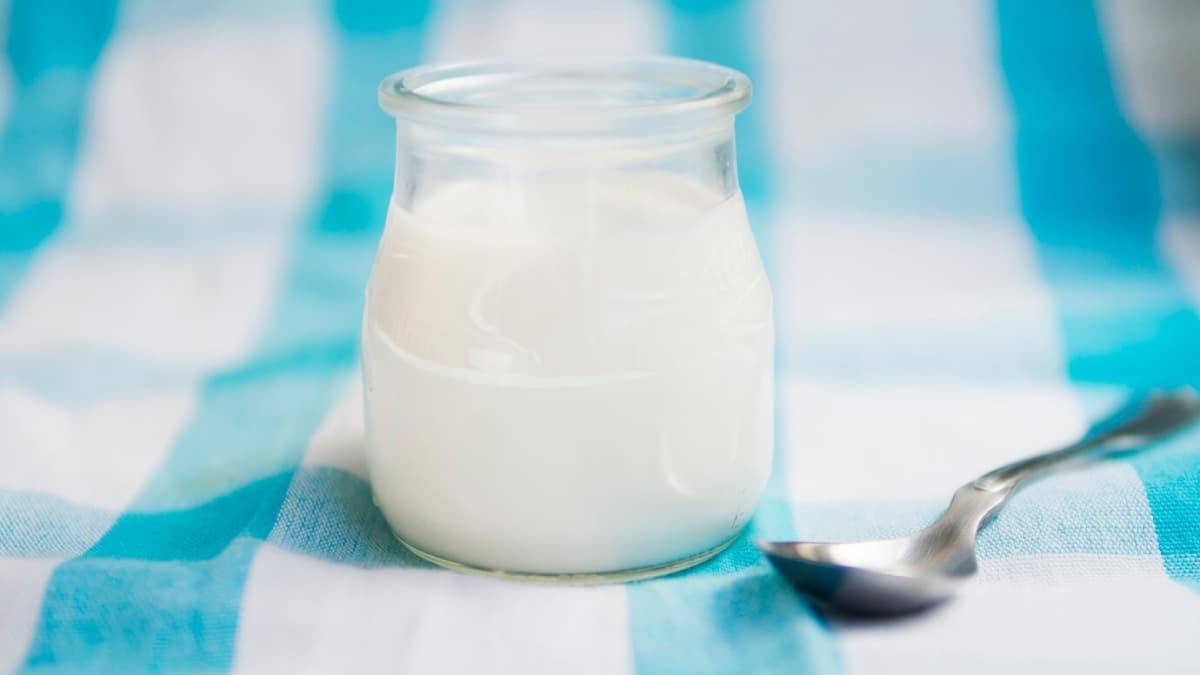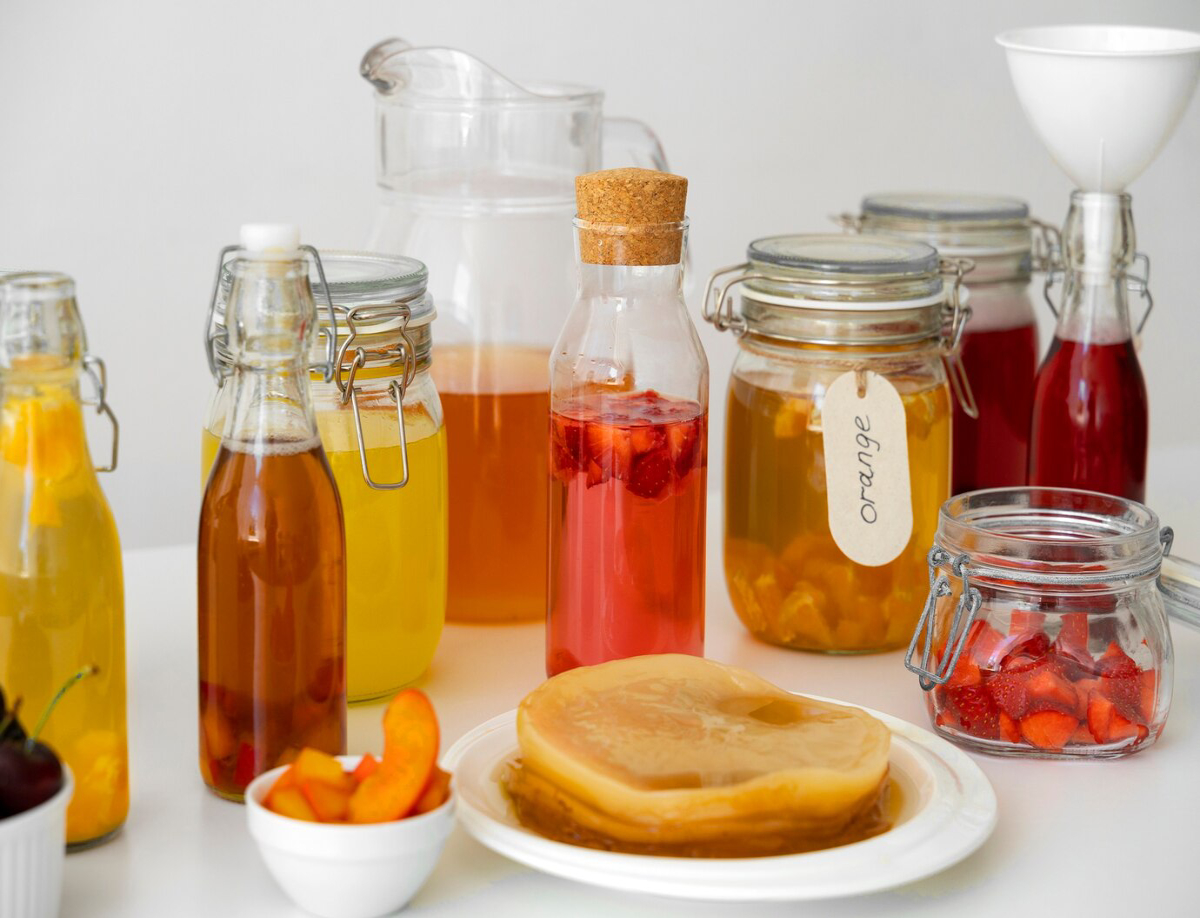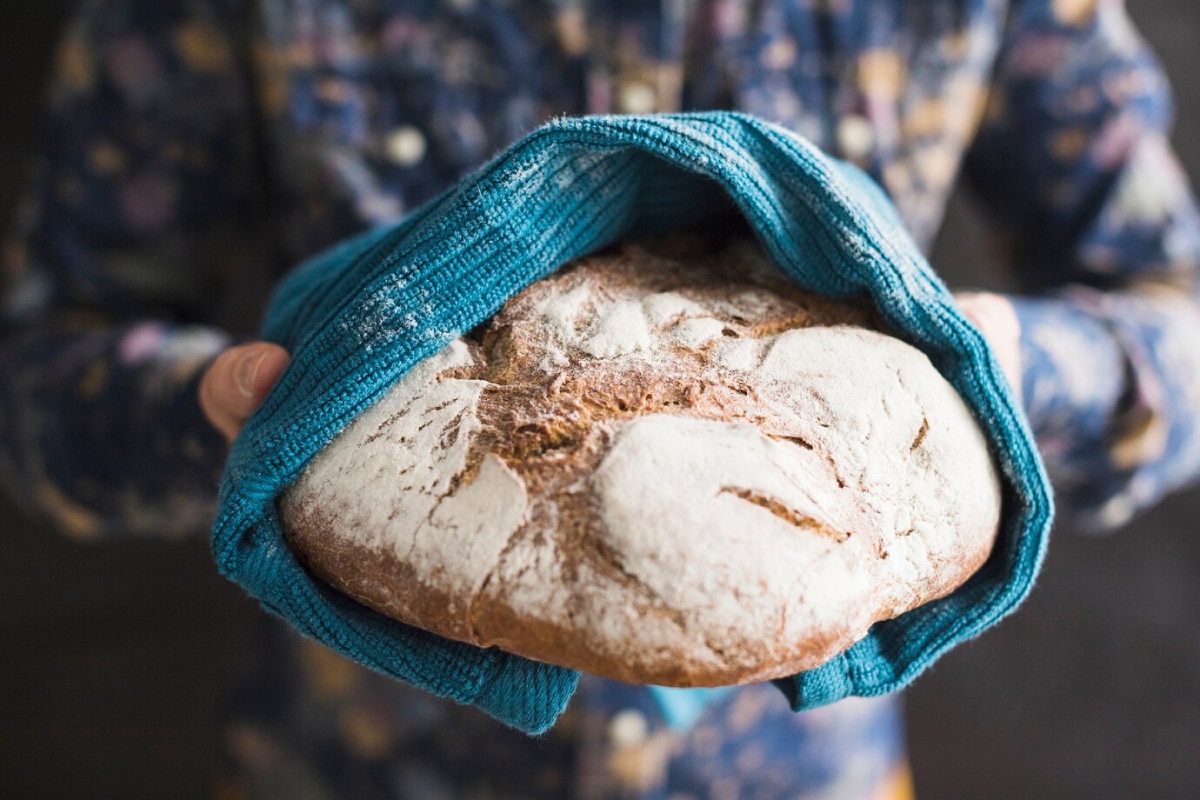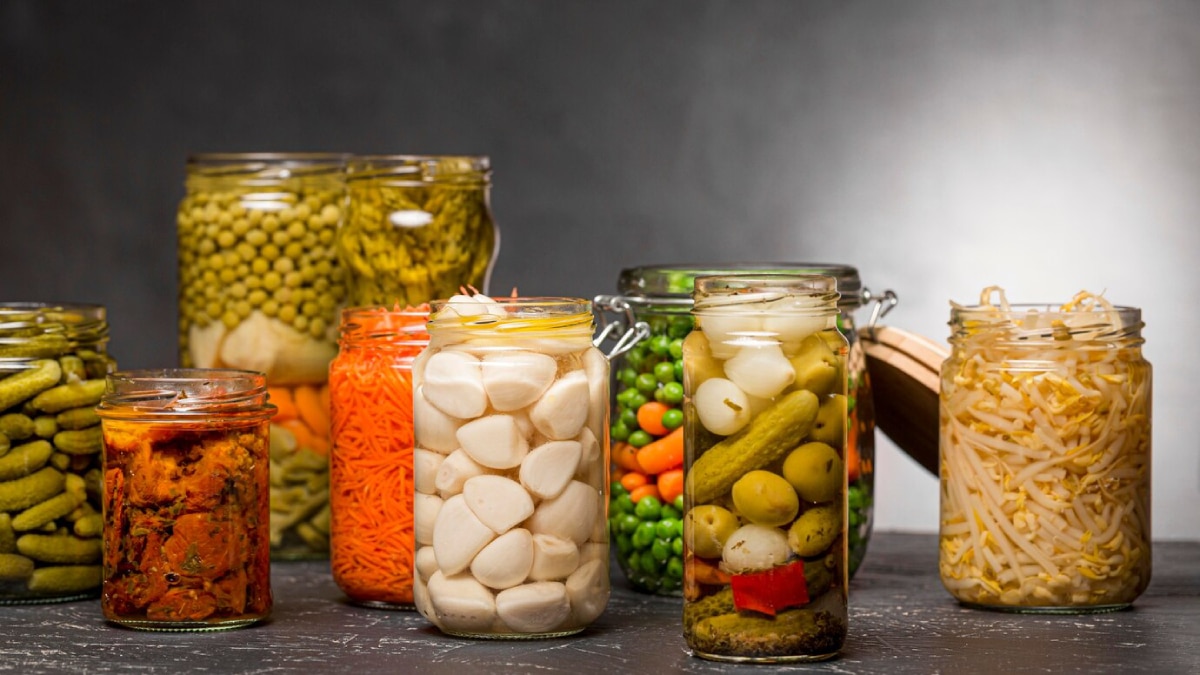
Begin Your Journey into Wild Fermentation for Homemade Staples
Imagine creating vibrant, tangy, gut-friendly foods at home—with nothing more than vegetables, salt, and time. No starter cultures, no fancy equipment, just nature doing its work. That’s the magic of wild fermentation.
This beginner-friendly wild fermentation guide will walk you through the basics of how to start fermenting vegetables, fruits, and other foods using naturally occurring bacteria and yeasts. We’ll explore the science behind it, easy recipes to try, tips for success, and how wild fermentation promotes natural probiotic foods that support your digestion and overall health.
Whether you’ve been curious about making your own sauerkraut or want to dive into the world of wild sourdough, this guide is your hands-on introduction to one of the oldest and most rewarding culinary traditions.
What Is Wild Fermentation?
A Natural Process
Wild fermentation is the spontaneous fermentation of food using the microbes that already exist on the food, in the air, or in your kitchen environment. Unlike controlled fermentations (which use packaged starter cultures), wild ferments rely on the natural flora present in your ingredients.
Everyday Examples:
- Sauerkraut
- Kimchi
- Sourdough bread
- Fermented pickles
- Kvass
These ferments happen without added yeast or bacteria because your vegetables, grains, and environment are already home to billions of microscopic helpers.
Learn to make delicious fermented vegetables without a starter at Fermenting Vegetables Without a Starter
The Science of Wild Fermentation
Meet the Microbes
Wild fermentation is largely driven by lactic acid bacteria (LAB) such as:
- Lactobacillus plantarum
- Leuconostoc mesenteroides
- Pediococcus
These bacteria are naturally found on plant surfaces and flourish in salty, anaerobic environments. They convert sugars in your food into lactic acid, which preserves the food and gives it that signature sour tang.
Why It’s Safe (and Delicious)
Lactic acid inhibits the growth of harmful bacteria by lowering the pH. This makes fermented foods shelf-stable, safe to eat, and packed with natural probiotics.
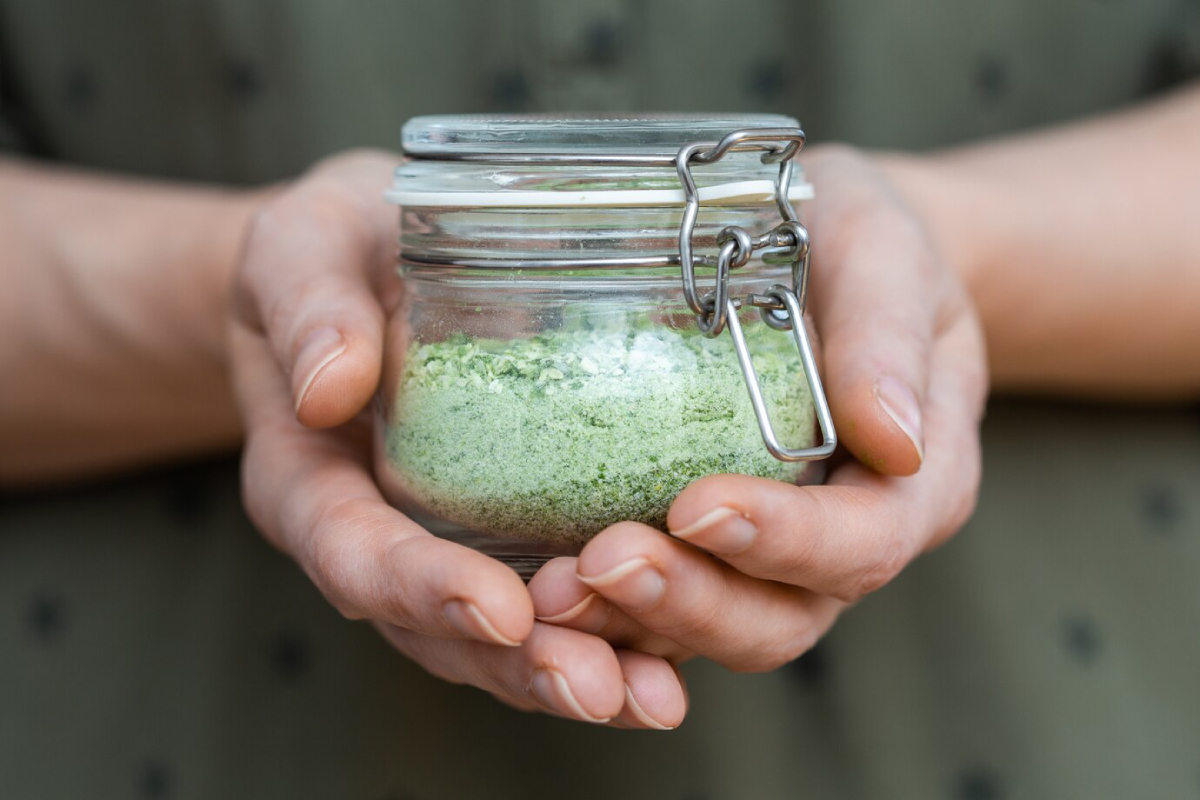
Health Benefits of Wild Fermentation
1. Improved Digestion
Fermented foods contain enzymes and probiotics that help break down food and absorb nutrients more efficiently.
2. Gut Flora Support
Wild ferments introduce beneficial microbes that balance your microbiome and crowd out harmful bacteria.
3. Enhanced Nutrient Bioavailability
Fermentation can increase levels of:
- B vitamins
- Vitamin K2
- Minerals like magnesium and iron
4. Strengthened Immunity
A healthy gut boosts your immune system, and fermented foods support gut health.
Essential Tools for Beginner Fermentation
You don’t need a lab or special kit to get started. Just a few basics:
- Glass jars (500 ml to 1L, wide mouth)
- Sea salt (non-iodised)
- Weights (glass, ceramic, or improvise with clean rocks)
- Chopsticks or wooden spoons (for releasing bubbles)
- Labels (date your jars!)
Optional but useful:
- Airlock lids
- Fermentation crocks
- Digital kitchen scale
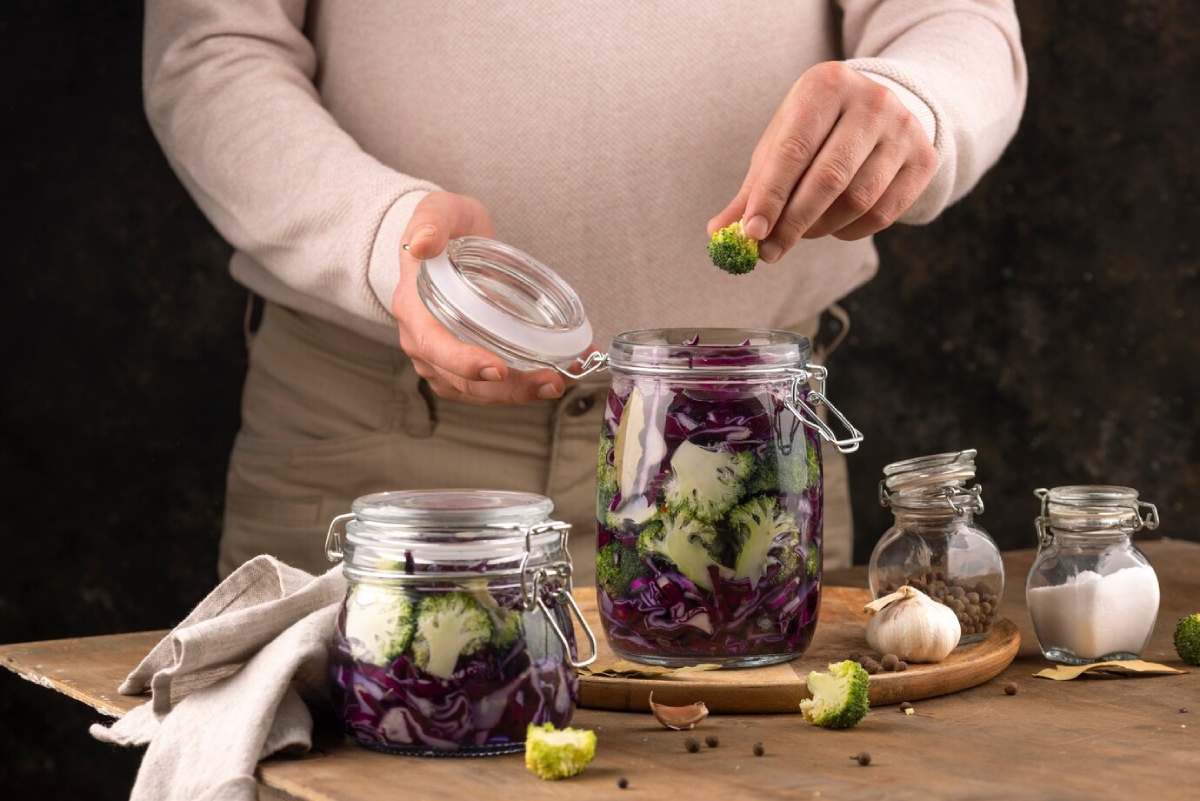
Easy Wild Fermentation Recipes for Beginners
Recipe 1: Basic Sauerkraut
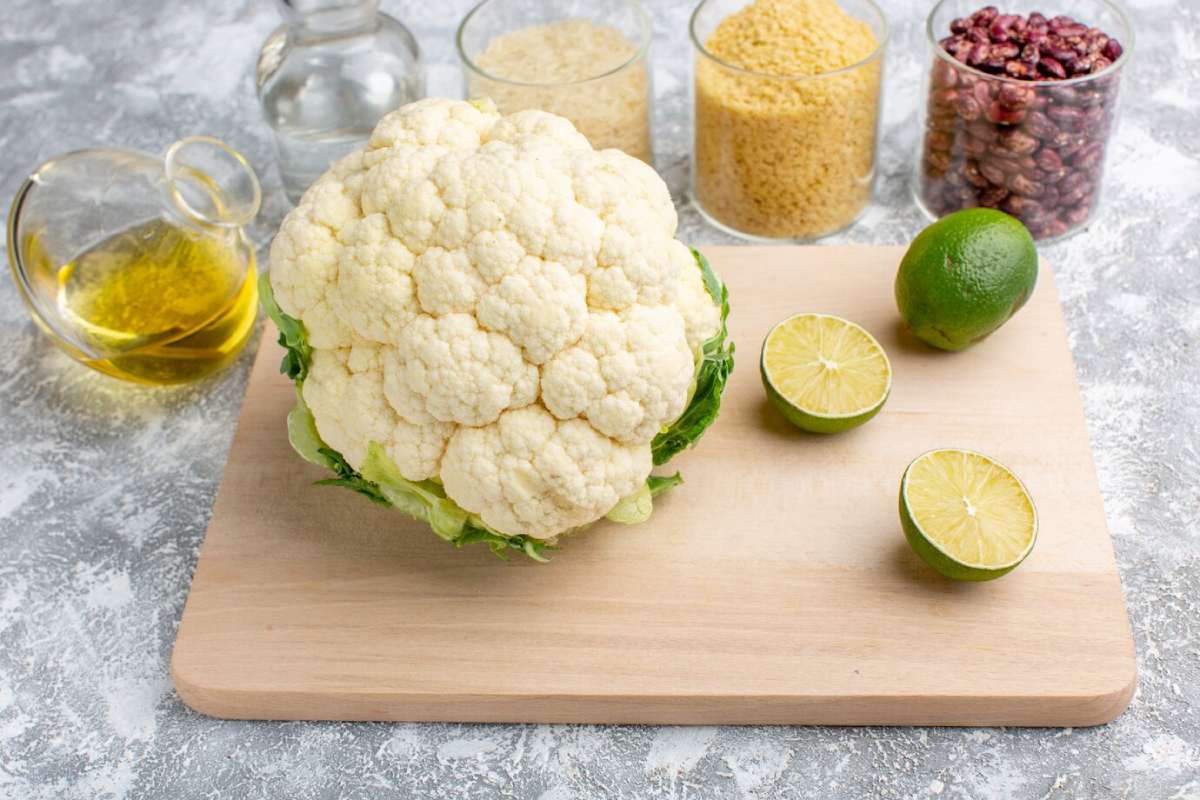
Ingredients:
- 1 medium cabbage
- 1 tablespoon sea salt
Instructions:
- Shred the cabbage finely.
- Massage with salt until it releases liquid.
- Pack tightly into a jar, ensuring the brine covers the cabbage.
- Weight it down and cover loosely.
- Leave at room temperature for 7–14 days. Taste along the way.
Recipe 2: Wild Fermented Carrot Sticks
Ingredients:
- Carrot sticks
- 2% salt brine (20g salt per litre water)
Steps:
- Place carrots in a clean jar.
- Pour brine until fully submerged.
- Add a weight and cover.
- Ferment for 5–7 days at room temperature.
Recipe 3: Sourdough Starter from Scratch
Ingredients:
- 100g wholemeal flour
- 100ml filtered water
Instructions:
- Mix and leave uncovered for 24 hours.
- Feed daily with equal parts flour and water.
- By day 5–7, it should be bubbly and ready to use.
Learn more at How to Make a Sourdough Starter from Scratch
Tips for Successful Wild Fermentation
1. Keep it Clean
Use clean utensils and jars, but don’t sterilise excessively. You want to encourage natural microbes, not destroy them.
2. Submerge Everything
Oxygen is the enemy. Keep food fully submerged in brine to prevent mould.
3. Be Patient
Fermentation takes time. Taste along the way and note how flavours develop.
4. Use the Right Salt
Iodised salt can inhibit beneficial bacteria. Stick to unrefined sea salt or pickling salt.
5. Monitor Temperature
Ideal fermentation range: 18–22°C. Too cold = slow fermentation. Too hot = possible spoilage.
Common Fermentation Challenges (and Fixes)
Problem: White film on top
Solution: Harmless kahm yeast. Skim it off. Continue fermenting.
Problem: Mould (green, black, or fuzzy)
Solution: Discard entire batch. Start over with cleaner technique.
Problem: Too salty
Solution: Rinse before eating, or adjust salt next time.
Problem: No bubbles or sour smell
Solution: Give it more time or try a warmer spot.
Real-Life Stories from First-Time Fermenters
“Sauerkraut Changed My Gut” “I had constant bloating, but a spoon of kraut with meals helped so much. I never thought cabbage could be magic!” — Lara, 31, Glasgow
“Sourdough Is My Therapy” “I started a sourdough during lockdown, and now it’s part of my routine. Making bread calms me, and my digestion has improved.” — Dylan, 44, Manchester
“Carrot Pickles for the Win” “I hated probiotics in pill form. But wild fermented carrots? Delicious and effective!” — Anika, 27, Bristol
FAQs: Beginner Fermentation Questions Answered
Can I ferment without a starter culture?
Yes. That’s the essence of wild fermentation—you rely on microbes already present.
How do I know if it’s safe?
Use your senses: it should smell tangy, not foul. Mould or sliminess = compost it.
Can I ferment in metal containers?
Avoid metal. Use glass, ceramic, or food-grade plastic to prevent chemical reactions.
How long do ferments last?
Once refrigerated, most ferments last several months. Flavour continues to develop.
Let Nature Be Your Fermentation Guide
Wild fermentation is a beautiful blend of biology, art, and tradition. It’s empowering, cost-effective, and an incredible way to create natural probiotic foods right in your own kitchen.
As a beginner, you don’t need perfection—you just need curiosity, clean hands, and a jar. By following this wild fermentation guide, you’ll be on your way to more flavourful meals, a healthier gut, and a deeper appreciation for the microbes that make life delicious.
So why not start today? Grab a cabbage, a jar, and a pinch of salt. You might just discover your next favourite food—and a healthier, happier you.
Found this guide helpful? Drop your questions in the comments, share it with a fermentation-curious friend, or subscribe to our weekly wild food tips.
